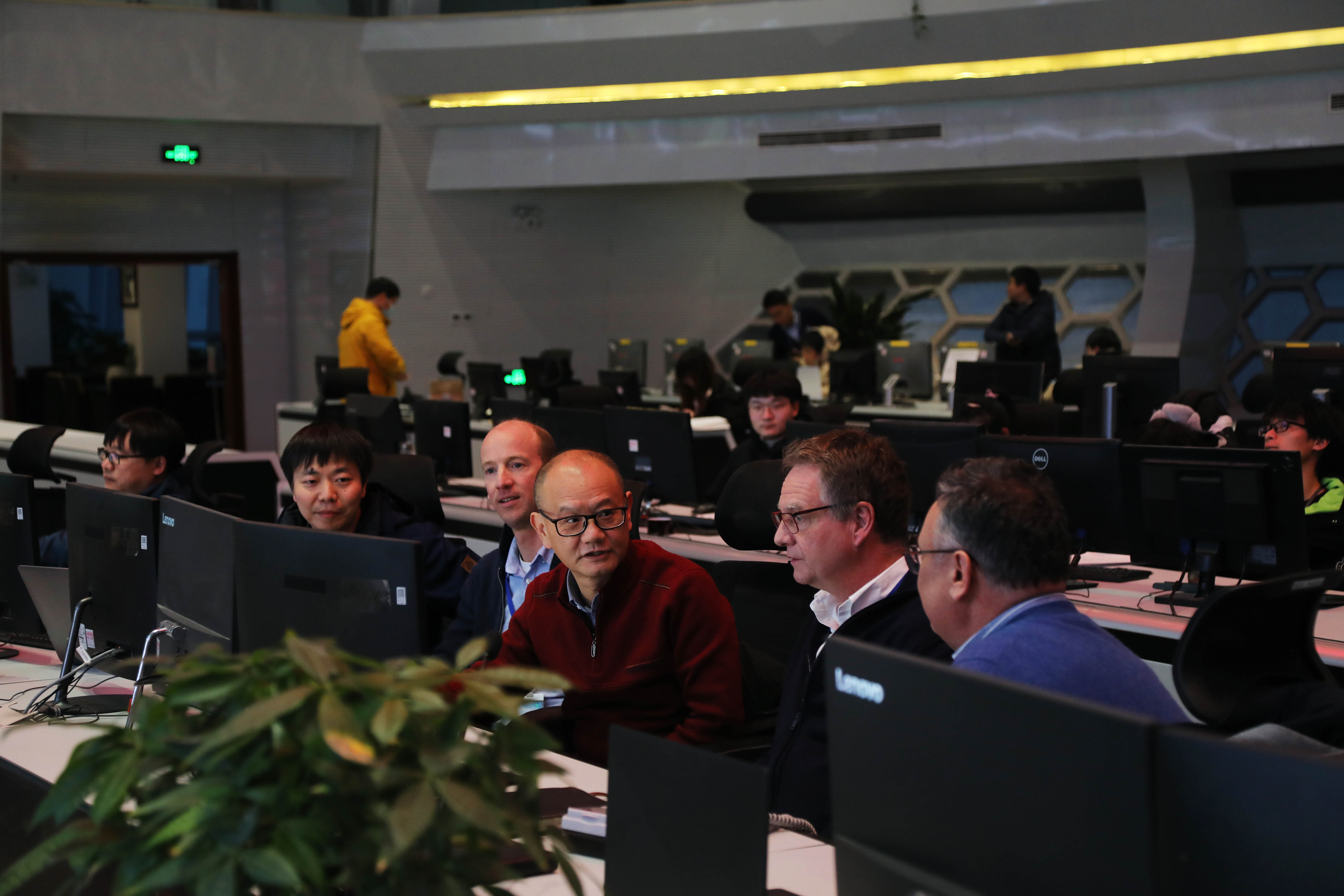
Recently, the Experimental Advanced Superconducting tokamak (EAST), also known as the Chinese "Artificial Sun," started operation with Chinese and foreign scientists conducting joint physics experiments on the Institute of Plasma Physics (ASIPP), Hefei Institutes of Physical Science (HFIPS) of Chinese Academy of Sciences (CAS) before China's Spring Festival.
Since mid-January, more than 30 researchers from ITER have arrived to promote the experiments, which are expected to last for nine days, with over 100 scientists participating online. This is to demonstrate and overcome relevant technical problems for the international nuclear fusion research and engineering megaproject ITER.
Now EAST has completed the replacement of wall materials of the vacuum chamber according to the requirements.
Based on an approach called "magnetic confinement fusion", both ITER and EAST use magnetic fields to confine fusion fuel in the form of a plasma. The magnetic fields must withstand extreme conditions including ultra-high temperature and ultra-strong magnetic field, which makes the wall materials crucial. Given the shared technology path and experimental conditions with ITER, EAST was slected to collaborate and optimize ITER's new plans.
"One thing I really like here is, you can see in the control room, the large number of young people that are involved in the project here. And this is exactly what fusion needs," said Richard Pitts, Experiments & Plasma Operation Section Leader of ITER, on Wednesday during a joint experiment at EAST.
Alberto Loarte, head of the ITER Science Division, also expressed the need to understand the implications and operational optimization of the plan, emphasizing the importance of joint experiments with EAST and ASIPP.
According to GONG Xianzu, the head of Division of EAST Physics and Experimental Operations, this is a chance for fostering deeper communication. "More than 100 people from our team travel to ITER headquarters almost every year to carry out joint research, and ASIPP has established stable communication and cooperation with more than 120 research institutions in more than 50 countries, including Europe, the United States, Russia and Japan," he said, "and EAST will also learn from international advanced technology experience through this joint experiment and prepare for China's future experimental reactors."
The ultimate goal of EAST is to replicate nuclear fusion process like the sun, using substances abundant in the sea to provide a steady stream of clean energy. ITER, the International Thermonuclear Experimental Reactor, is being built in southern France by seven ITER members -- China, the EU, India, Japan, South Korea, Russia and the United States. Once completed, it will be the world's largest experimental tokamak nuclear fusion reactor.

Joint experiment was conducted by scientists from EAST team and ITER team. Given the shared technology path and experimental conditions with ITER, EAST was slected to collaborate and optimize ITER's new plans. (Image by HFIPS)

Scientists are working together in the conduct room of EAST. Since mid-January, Over 30 core researchers from ITER have arrived to promote the experiments. (Image by HFIPS)

86-10-68597521 (day)
86-10-68597289 (night)

86-10-68511095 (day)
86-10-68512458 (night)

cas_en@cas.cn

52 Sanlihe Rd., Xicheng District,
Beijing, China (100864)

